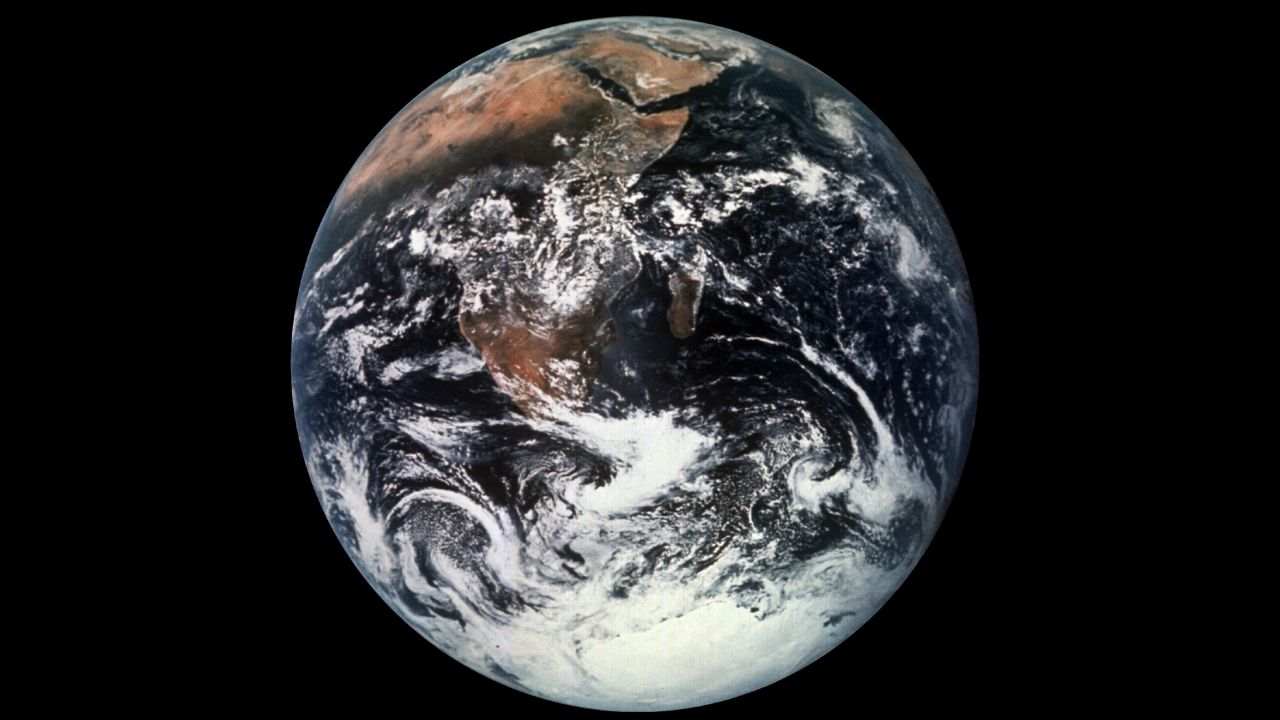Rumor has it that Southern California does not have seasons.
Temperatures soar in southern California deserts during the summer months. On average Palm Springs sees triple-digit heat from June through September with peak maximum temperatures during heat waves reaching 120 degrees.
Now that's hot!
Average maximum temperatures peak at 108 degrees in July. In winter, Palm Springs' average temperature is in the mid-60s.
So there are definitely seasons in SoCal!
Closer to the coast, we have warm and cool seasons, too. However, it is not not as extreme as the deserts...not by a long shot! Take Los Angeles International Airport for example, which sits on the coast.
Near the coast, peak warmth occurs in August and September with a maximum average temperature of 75 degrees. During our cool season our maximums drop down to 65 degrees in December and January.
It's not a big spread, but there are differences. Perhaps this is how those rumors of SoCal not having seasons came to be?
SoCal also has a distinct wet and dry season, too. Our wettest month is February, when we get on average 3.68 inches of rain. Our driest month comes in July with an average of just .01 inches of rain.
Basically, we don't get any rain from May through September! Our precipitation is seasonal.
The Earth orbits the sun in an elliptical pattern, not a circular pattern. This means the Earth is closer to the sun during particular points in the orbit.
If seasons were caused by the distance from the Earth to the sun, winter would be the warmest season because the Earth is closest to the sun on the winter solstice in the Northern Hemisphere.
We know this is not the case.
So, again, what could it be that causes seasons?
Well, the Earth spins on an axis. This axis is tilted at 23.5 degrees. It is this tilt that causes seasons! Seasons are not a function of distance to the sun.
So, in winter, because of the Earth's tilt, the Northern Hemisphere is tilted AWAY from the sun.
The sun's rays are more spread out (or less concentrated) when they hit the Earth. This leads to cooler temperatures.
In the illustration below, it is winter in the Northern Hemisphere.
In the summer, the Northern Hemisphere is tilted toward the Sun, and thus, the Sun's rays are more direct and concentrated.
This leads to warmer temperatures. In the illustration below, it is summer in the Northern Hemisphere.
So, whether you live at the beach or in the desert, you get seasons in SoCal. Some are just more pronounced than others!










